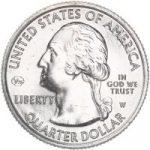
West Point Quarters Are Back
Treasure in Your Pocket Change Have you been checking your pocket change? In 2019 the U.S. Mint started a new program for quarters. They launched
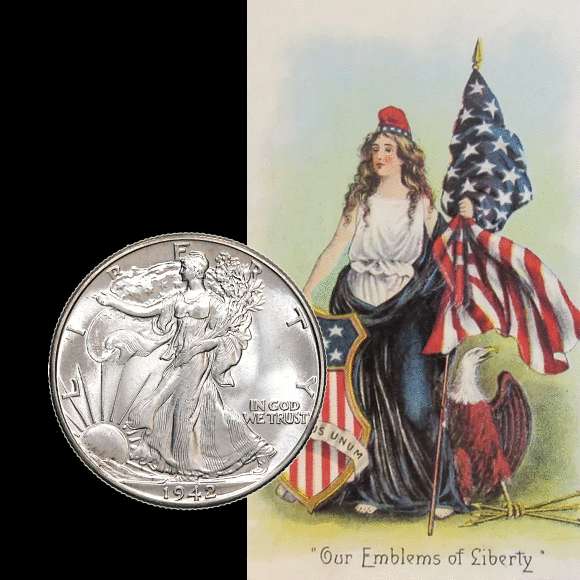
That’s not Mercury on the Mercury Dime!
The dime was named “Mercury Dime” not by the artist who created it nor the US Mint who produced it. This name came after the production of the coin by others. The Greek God Mercury had wings on his hat. The dime which was minted in 1916 also had a character who was wearing a winged hat. So, you can see where the incorrect name could come about.
However, this was Lady Liberty in a cap. The hat she is wearing on the coin is called a “liberty cap”. This is the same cap you see on many depictions of Lady Liberty (not including the wings). The hat is somewhat cone shaped and is floppy on the top. Since ancient times, these hats were symbols of freedom. You will see these caps on most all of the coins showing Lady Liberty.
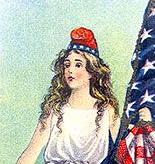
The actual name of this dime is “The Winged Liberty Head Dime”. The hat’s wings shown on the coin are not common to a liberty cap. The artist who created the coin included the wings to depict freedom of thought.
Liberty caps are part of our ancestor’s history going back to the Greeks. These were common head-wear among several groups of Greeks, including the Greeks from the land of Phrygia. They originally were called “Phrygian Caps”.
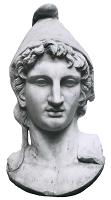
Later in history, during the Roman period, the cap symbolized slaves winning their freedom.
During the French Revolution, these caps were again used as a symbol of winning freedom.
The symbol of the liberty cap then comes forward in early American art, coins, statues.
The artist who created the Winged Liberty Head Dime is Adolph A. Weinman. He created many statues and other works of art around the US.
Among his other accomplishments, he also designed the Walking Liberty Half Dollar. The Walking Liberty design was so powerful, it was also used for the American Silver Eagle bullion coin. It was used once again in 2016, for a gold coin. True to form, Lady Liberty on the Walking Liberty Half Dollar is properly wearing her liberty cap.
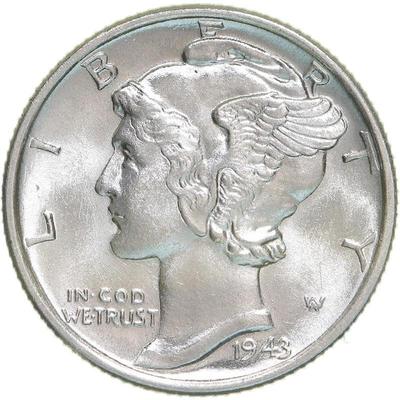
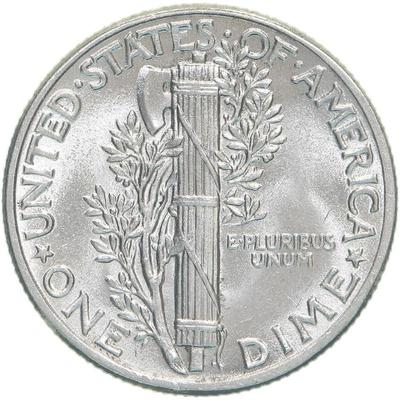
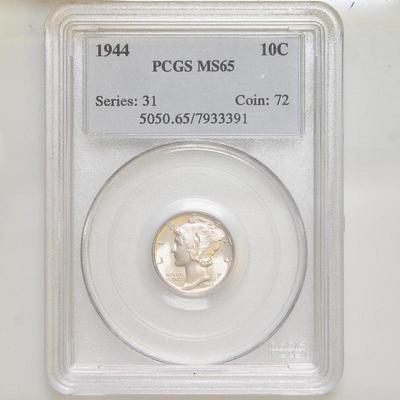
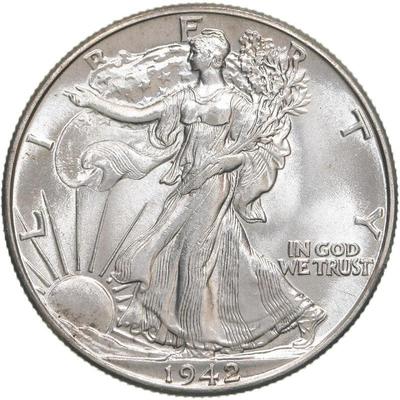


Treasure in Your Pocket Change Have you been checking your pocket change? In 2019 the U.S. Mint started a new program for quarters. They launched
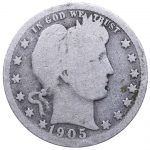
Coin collecting is a fun and rewarding hobby to get into. It can even progress into a career, a business, or a source of employment
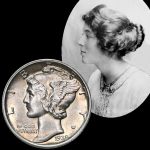
Mercury dimes were first minted in 1916. They continued their run until 1945. Replacing the Barber dime, it was part of a movement by the
The easiest way to get in contact with us is by filling out the form and submitting it.
We will contact you as soon as we can.
David Enders
PO Box 508
Athens MI 49011
The Dave’s Collectible Coins customer service goal is simple:
We are committed to providing our customers total satisfaction. Every time. Guaranteed.
For non-urgent matters please use the form in this popup. For urgent matters please call 269-742-4716.
Customer service is available Monday – Friday 8:00am – 4:30pm EST